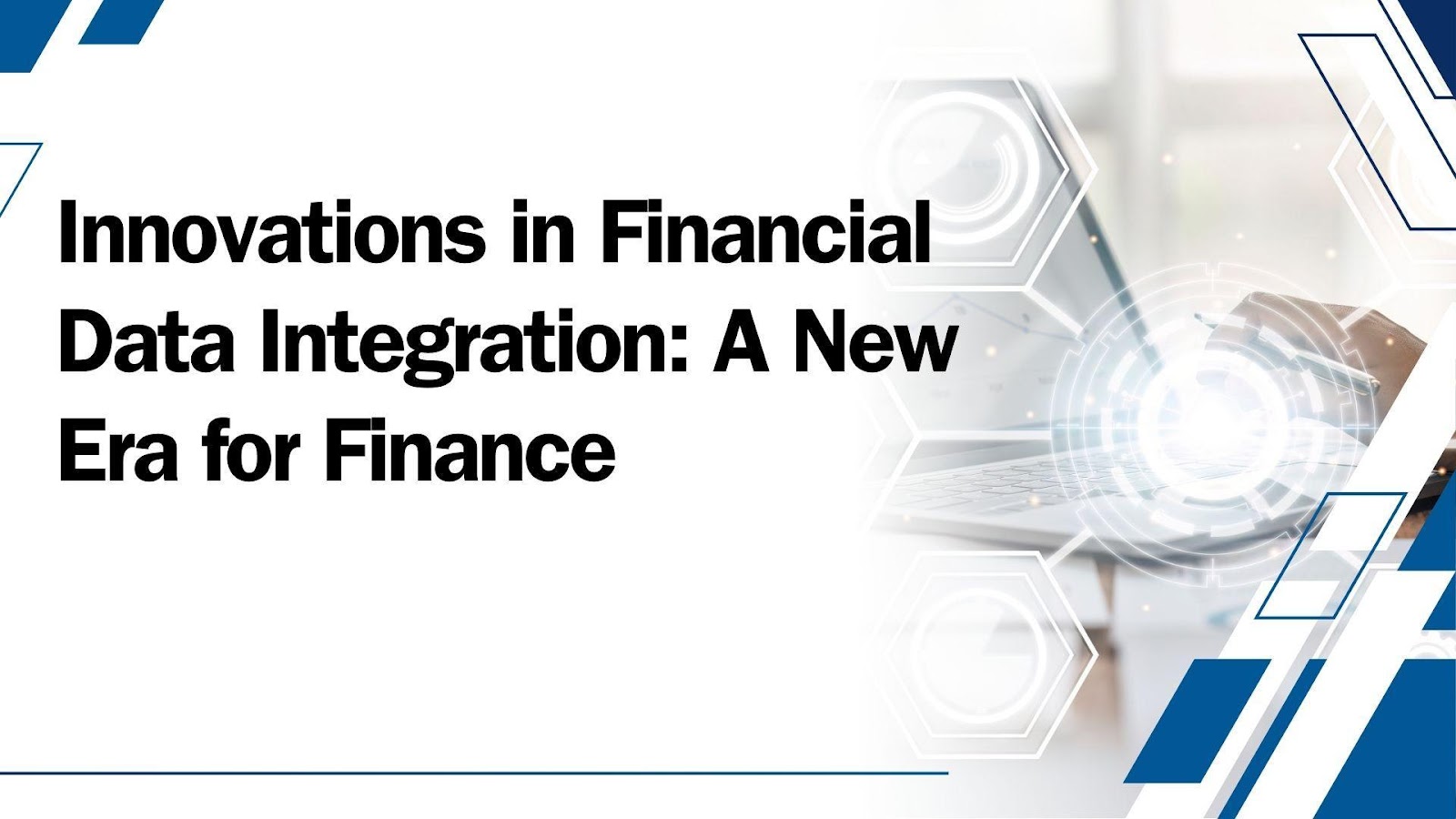The world of financial systems is undergoing a revolution, powered by innovations in data integration. In a recent article, Abhilasha Hala Swamy explores the transformative technologies that are shaping the way financial institutions handle vast quantities of data. These advancements, from artificial intelligence (AI) to blockchain, are making data flows more efficient and are essential to the success of modern financial services. Let’s delve into the key innovations that are driving this shift.
Connecting the Dots: The Power of Integration
At the heart of financial data integration is the seamless connection of diverse systems. As institutions struggle to manage increasingly complex and fragmented infrastructures, the need for integrated systems has never been greater. Financial data integration is no longer just about improving internal workflows—it’s about breaking down barriers between trading platforms, customer databases, and regulatory frameworks. By integrating disparate systems, financial institutions are able to derive actionable intelligence from data, fueling innovation, improving decision-making, and ensuring compliance with evolving regulations.
The Foundation of Integration: ETL and Real-Time Data Streaming
Traditional integration methods, like ETL (Extract, Transform, Load), continue to be pivotal in managing data in financial institutions. These batch processing workflows are well-suited for processes that do not require immediate data updates, such as regulatory reporting and risk assessments. Despite newer technologies emerging, ETL remains a staple, handling about 65% of all financial sector data integration tasks.
API-Based Integration: Flexibility and Speed
APIs (Application Programming Interfaces) have transformed the way financial systems communicate. By exposing and consuming services through APIs, financial institutions can create more flexible and adaptable connections between systems. This has enabled a more agile approach to integration, with APIs facilitating the real-time exchange of information between core banking systems, third-party services, and fintech partners.
One of the most significant benefits of APIs is the reduction in integration costs. Institutions leveraging API-based strategies report up to 40% lower integration costs and faster onboarding of new partners. With financial services becoming increasingly ecosystem-driven, the ability to seamlessly connect with fintechs and third-party service providers is critical for staying ahead.
The Backbone of Modern Architecture: Middleware and Cloud Integration
Middleware platforms, such as Enterprise Service Buses (ESBs), play a crucial role in connecting various systems in financial data architectures. These platforms enable the integration of legacy systems with modern cloud solutions, which is vital for financial institutions still relying on older infrastructure. Middleware ensures smooth data flow between applications, automates transformations, and supports compliance by providing comprehensive monitoring and audit capabilities.
Meanwhile, cloud platforms are reshaping the landscape of financial data integration by offering scalable and resilient integration solutions. Services like AWS Glue and Google Cloud Dataflow are providing financial institutions with the ability to scale their integration operations dynamically.
Future Trends: AI, Event-Driven Architectures, and Blockchain
The future of financial data integration lies in emerging technologies that promise to make systems even more responsive and intelligent. AI-assisted integration is one such trend, leveraging machine learning algorithms to automate tasks such as data mapping and transformation. With AI’s ability to continuously learn from data patterns, financial institutions can improve their integration efficiency and accelerate time-to-market for new services.
Event-driven architectures are also becoming more prevalent, allowing systems to respond immediately to events like transaction completions or market shifts. This real-time capability is crucial in areas such as fraud detection, payment processing, and portfolio updates. The shift towards event-driven systems represents a significant departure from traditional batch processing, aligning with the growing customer expectation for instant responses from their financial service providers.
In conclusion, the innovations driving financial data integration are not just enhancing operational efficiency; they are shaping the future of financial services. By adopting AI, real-time streaming, and blockchain, institutions are paving the way for more agile, secure, and data-driven financial ecosystems. As Abhilasha Hala Swamy’s article highlights, these advancements are more than just technical upgrades—they are vital to the continued success of the financial sector, ensuring that it remains competitive in an increasingly complex and interconnected world. The ability to integrate data seamlessly across systems is not just a business necessity; it is a strategic advantage that will define the future of finance.





























